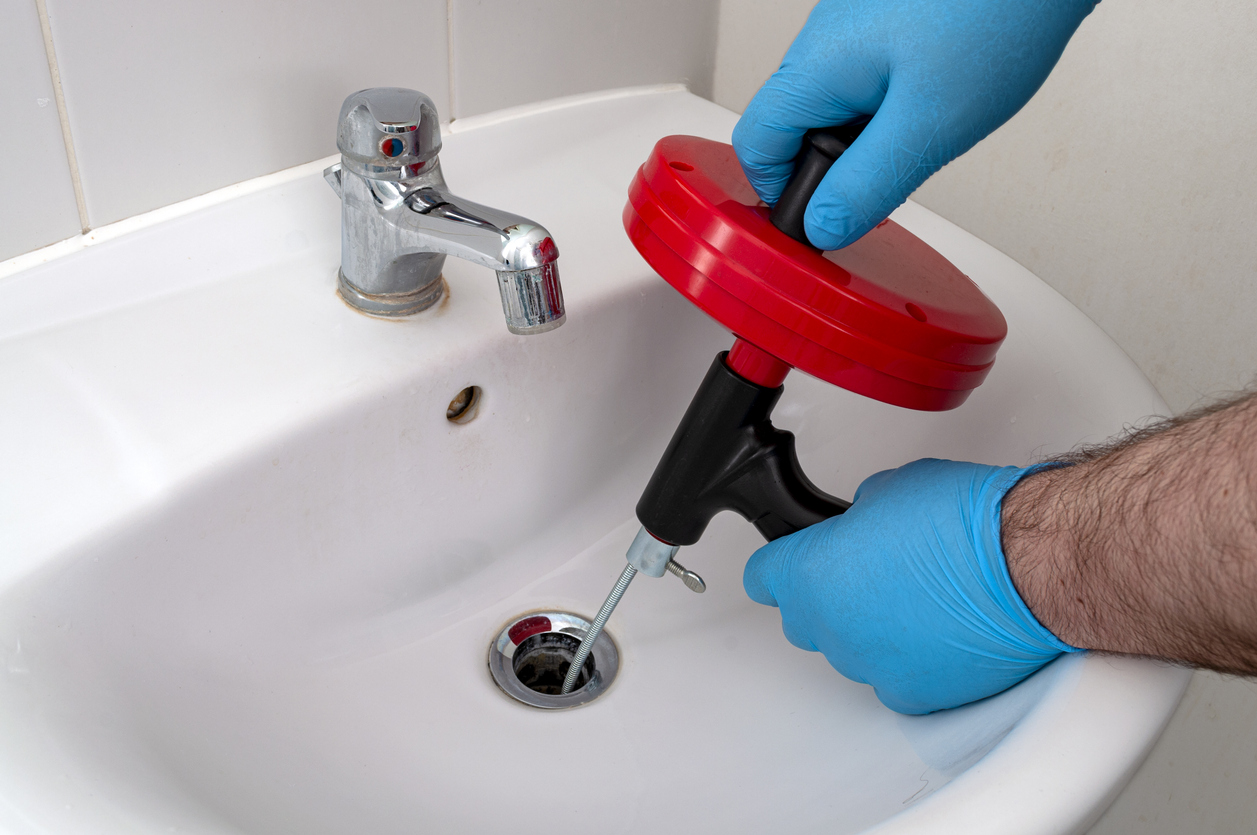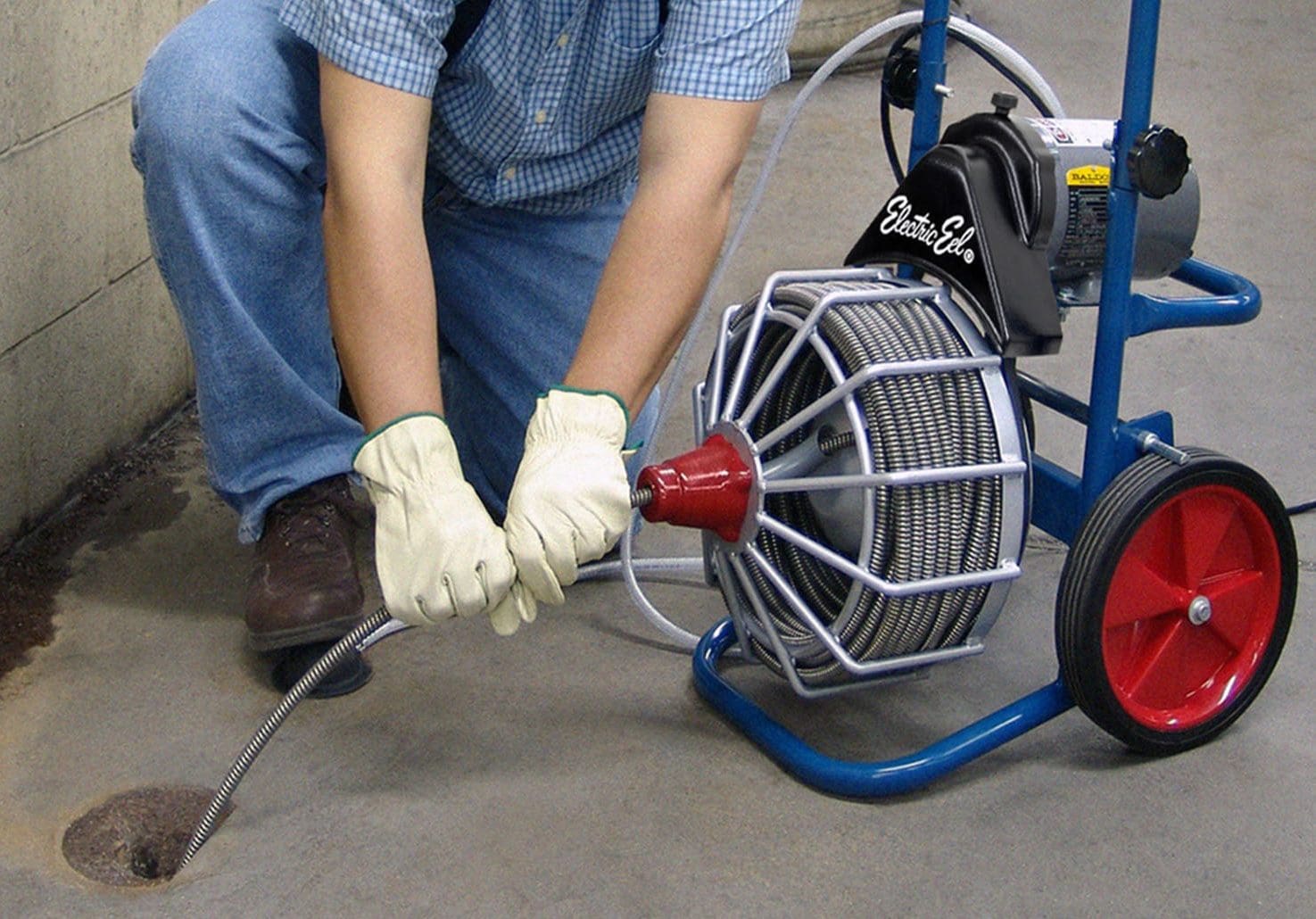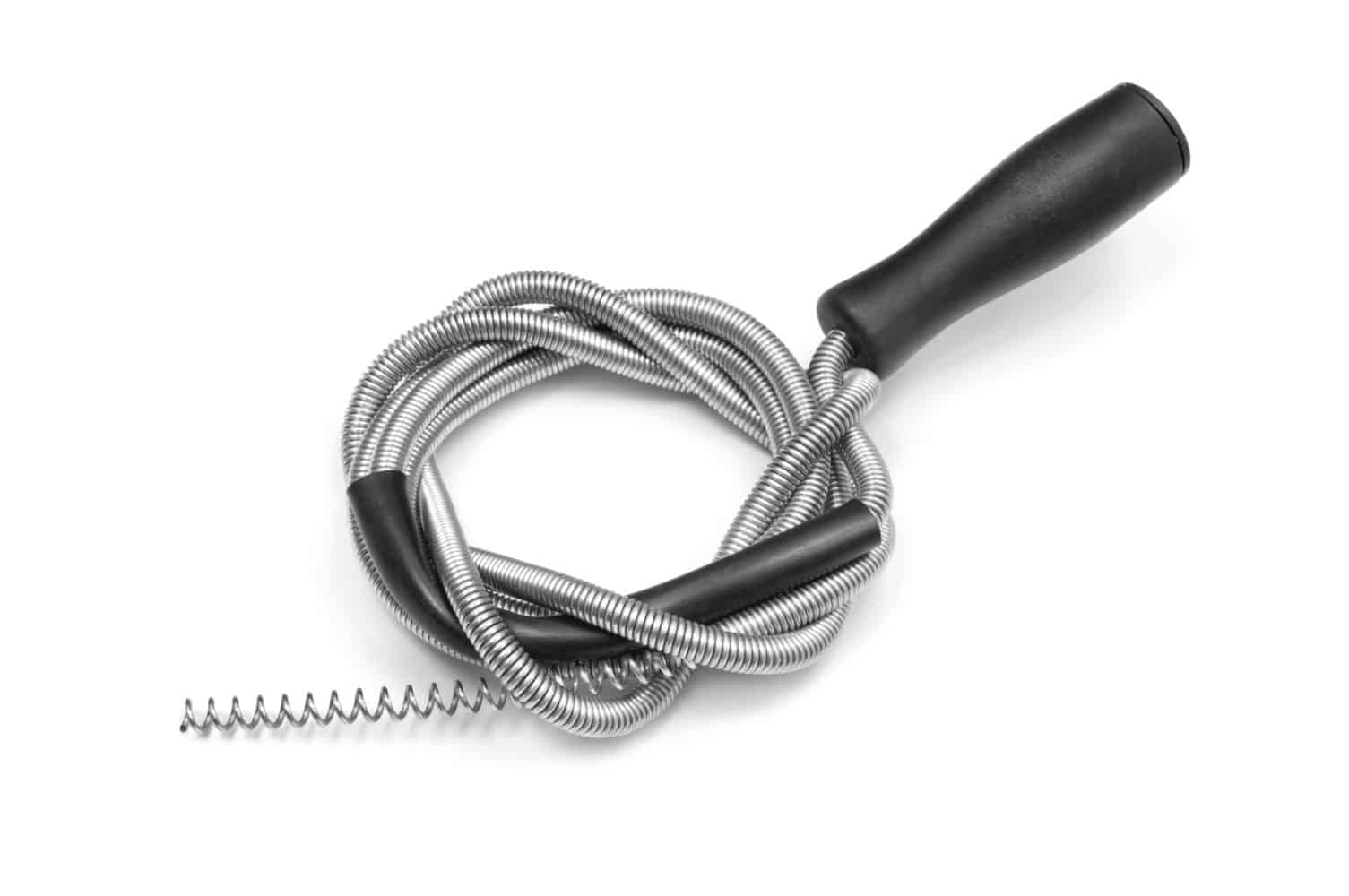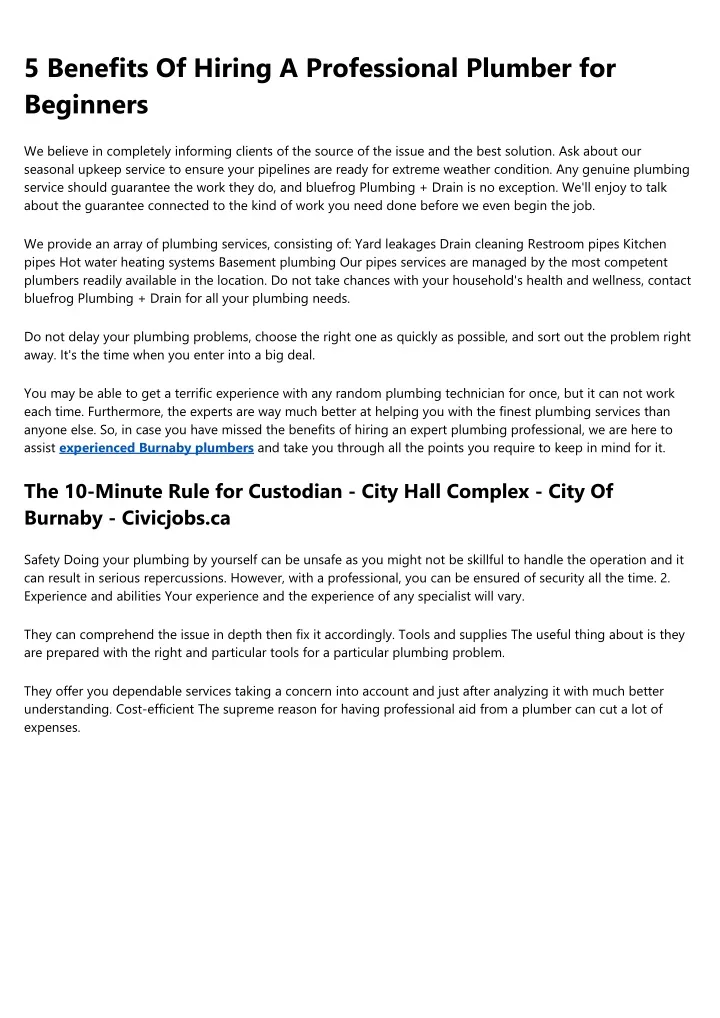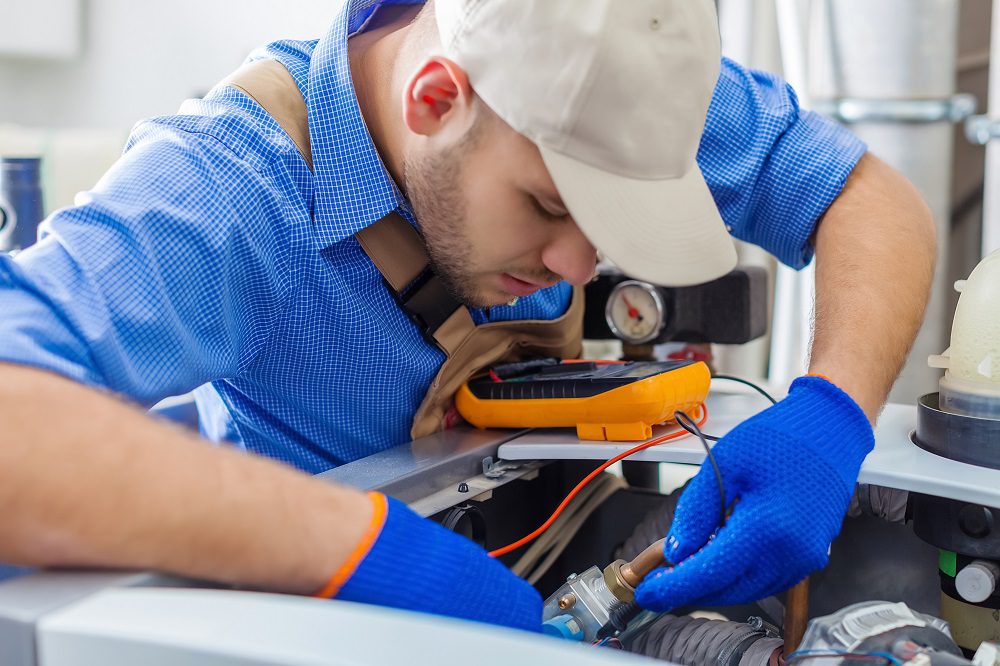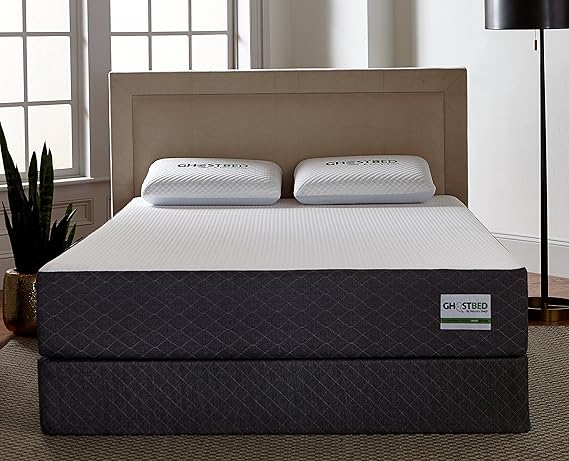If you notice that your kitchen sink is draining slower than usual or is completely clogged, the first thing you should reach for is a plunger. This trusty tool is a tried and true method for unclogging sinks and can be found in most homes. To use a plunger, place the rubber end over the drain and press down firmly. Then, use a pumping motion to create suction and push air and water through the pipes. This can help dislodge any debris or buildup that is causing the clog. Pro tip: For better suction, you can also add a layer of petroleum jelly around the edge of the plunger.1. Use a Plunger
If the plunger doesn't do the trick, another simple and eco-friendly solution is to pour boiling water down the drain. This can help dissolve and flush away any grease or food particles that may be causing the clog. Pro tip: For stubborn clogs, you can also add a cup of baking soda down the drain before pouring the boiling water. Let it sit for a few minutes before flushing with hot water.2. Pour Boiling Water Down the Drain
For a more powerful DIY solution, you can create a mixture of baking soda and white vinegar to unclog your kitchen sink. Start by pouring half a cup of baking soda down the drain, followed by half a cup of vinegar. Let the mixture sit for about 10-15 minutes before flushing with hot water. Pro tip: This method is also great for preventing clogs, so consider doing this regularly as part of your household maintenance routine.3. Use a Mixture of Baking Soda and Vinegar
If the clog is deeper in your pipes, a drain snake can be a useful tool to have. This flexible and long tool can reach deep into your pipes and break up any blockages. To use a drain snake, insert it into the drain and twist it as you push it down. This will help grab onto any debris and pull it out. Once you feel like you've reached the clog, pull the snake out and dispose of any debris that may have come out with it. Pro tip: You can purchase a drain snake from most hardware stores, or you can make your own using a wire coat hanger.4. Try a Drain Snake
If all else fails, you can try using a chemical drain cleaner to unclog your kitchen sink. These cleaners contain powerful chemicals that can dissolve and break down any debris blocking your pipes. Caution: When using chemical drain cleaners, make sure to follow the instructions carefully and wear protective gear, as they can be harmful to your skin and eyes.5. Use a Chemical Drain Cleaner
If you've tried all the methods above and your sink is still clogged, it may be time to remove and clean the P-trap. The P-trap is the curved pipe found under your sink that is designed to catch debris and prevent it from going further into your pipes. To remove the P-trap, place a bucket or bowl under the pipes to catch any water and debris. Then, use pliers or a wrench to loosen the nuts and remove the trap. Clean out any debris and buildup before reattaching the P-trap and running water to test for any remaining clogs.6. Remove and Clean the P-Trap
If you have a wet/dry vacuum at home, you can also try using it to unclog your kitchen sink. Simply switch the vacuum to the "wet" setting and place the nozzle over the drain. This will create a suction that can help pull out any debris causing the clog. Pro tip: For better suction, cover the overflow opening of your sink with a cloth or tape before using the vacuum.7. Use a Wet/Dry Vacuum
If you prefer to use natural and non-toxic methods, you can create a homemade drain cleaner using salt and baking soda. Mix equal parts of both ingredients and pour the mixture down the drain. Let it sit for a few minutes before flushing with hot water.8. Try a Homemade Drain Cleaner with Salt and Baking Soda
If you don't have a drain snake on hand, you can also try using a plumbing snake to unclog your kitchen sink. This tool is similar to a drain snake, but it is longer and more heavy-duty, making it suitable for tougher clogs. To use a plumbing snake, insert it into the drain and twist it as you push it down. Once you reach the clog, twist and turn the snake to break up the debris before pulling it out.9. Use a Plumbing Snake
If all else fails or if you're dealing with a persistent clog, it may be time to call in the professionals. A licensed plumber will have the knowledge and equipment to unclog your kitchen sink safely and effectively. They may also be able to identify any underlying issues with your plumbing and provide solutions to prevent future clogs. Unclogging a kitchen sink can be a frustrating task, but with the right methods and tools, you can get your sink back to working properly in no time. Remember to always take preventative measures, such as regularly using baking soda and vinegar down the drain, to avoid future clogs. And if all else fails, don't hesitate to call a professional for help.10. Call a Professional Plumber
The Best Way to Unclog Your Kitchen Sink

Introduction
 When it comes to maintaining a clean and functional kitchen, keeping your sink free of clogs is essential. A clogged kitchen sink can cause a major inconvenience and can even lead to expensive plumbing repairs. Luckily, there are several ways to unclog your kitchen sink and prevent future clogs. In this article, we will discuss the best methods for unclogging your kitchen sink, so you can keep your kitchen running smoothly.
When it comes to maintaining a clean and functional kitchen, keeping your sink free of clogs is essential. A clogged kitchen sink can cause a major inconvenience and can even lead to expensive plumbing repairs. Luckily, there are several ways to unclog your kitchen sink and prevent future clogs. In this article, we will discuss the best methods for unclogging your kitchen sink, so you can keep your kitchen running smoothly.
Identify the Cause of the Clog
 Before attempting to unclog your kitchen sink, it's important to identify the cause of the clog. This will help determine the best method for unclogging it. Most kitchen sink clogs are caused by a buildup of food particles, grease, and other debris. However, if you notice that the clog is only affecting one side of the sink, it could be due to a foreign object lodged in the drain. Identifying the cause of the clog will help you choose the most effective solution.
Before attempting to unclog your kitchen sink, it's important to identify the cause of the clog. This will help determine the best method for unclogging it. Most kitchen sink clogs are caused by a buildup of food particles, grease, and other debris. However, if you notice that the clog is only affecting one side of the sink, it could be due to a foreign object lodged in the drain. Identifying the cause of the clog will help you choose the most effective solution.
Use a Plunger
 One of the most common and effective ways to unclog a kitchen sink is by using a plunger. To do this, fill the sink with enough water to cover the rubber part of the plunger and place it over the drain. Make sure the plunger is creating a tight seal and then push and pull it up and down vigorously. This will create suction and help to dislodge the clog. If successful, the water should start to drain. If not, you may need to try a different method.
One of the most common and effective ways to unclog a kitchen sink is by using a plunger. To do this, fill the sink with enough water to cover the rubber part of the plunger and place it over the drain. Make sure the plunger is creating a tight seal and then push and pull it up and down vigorously. This will create suction and help to dislodge the clog. If successful, the water should start to drain. If not, you may need to try a different method.
Try a Homemade Drain Cleaner
 If the plunger method doesn't work, you can try using a homemade drain cleaner. One popular method is to mix equal parts baking soda and vinegar and pour it down the drain. Let it sit for about 30 minutes, then pour boiling water down the drain to flush out the clog. The chemical reaction between the baking soda and vinegar can help break up the clog and the hot water will flush it away.
If the plunger method doesn't work, you can try using a homemade drain cleaner. One popular method is to mix equal parts baking soda and vinegar and pour it down the drain. Let it sit for about 30 minutes, then pour boiling water down the drain to flush out the clog. The chemical reaction between the baking soda and vinegar can help break up the clog and the hot water will flush it away.
Call a Professional
 If all else fails, it may be time to call a professional plumber. They have the tools and expertise to unclog your kitchen sink quickly and effectively. They can also provide tips on how to prevent future clogs.
If all else fails, it may be time to call a professional plumber. They have the tools and expertise to unclog your kitchen sink quickly and effectively. They can also provide tips on how to prevent future clogs.
Prevent Future Clogs
 The best way to unclog your kitchen sink is to prevent clogs from happening in the first place. To do this, make sure to properly dispose of food scraps and grease, use a drain strainer to catch debris, and regularly clean your sink with a mixture of baking soda and vinegar.
The best way to unclog your kitchen sink is to prevent clogs from happening in the first place. To do this, make sure to properly dispose of food scraps and grease, use a drain strainer to catch debris, and regularly clean your sink with a mixture of baking soda and vinegar.
In Conclusion
 A clogged kitchen sink can be a major inconvenience, but by following these tips, you can easily unclog your sink and prevent future clogs. Remember to identify the cause of the clog, use a plunger or homemade drain cleaner, and call a professional if needed. By taking preventative measures, you can keep your kitchen sink running smoothly for years to come.
A clogged kitchen sink can be a major inconvenience, but by following these tips, you can easily unclog your sink and prevent future clogs. Remember to identify the cause of the clog, use a plunger or homemade drain cleaner, and call a professional if needed. By taking preventative measures, you can keep your kitchen sink running smoothly for years to come.



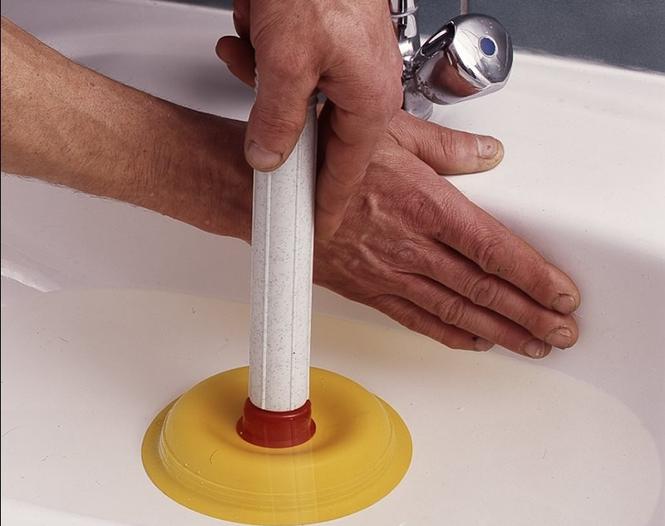

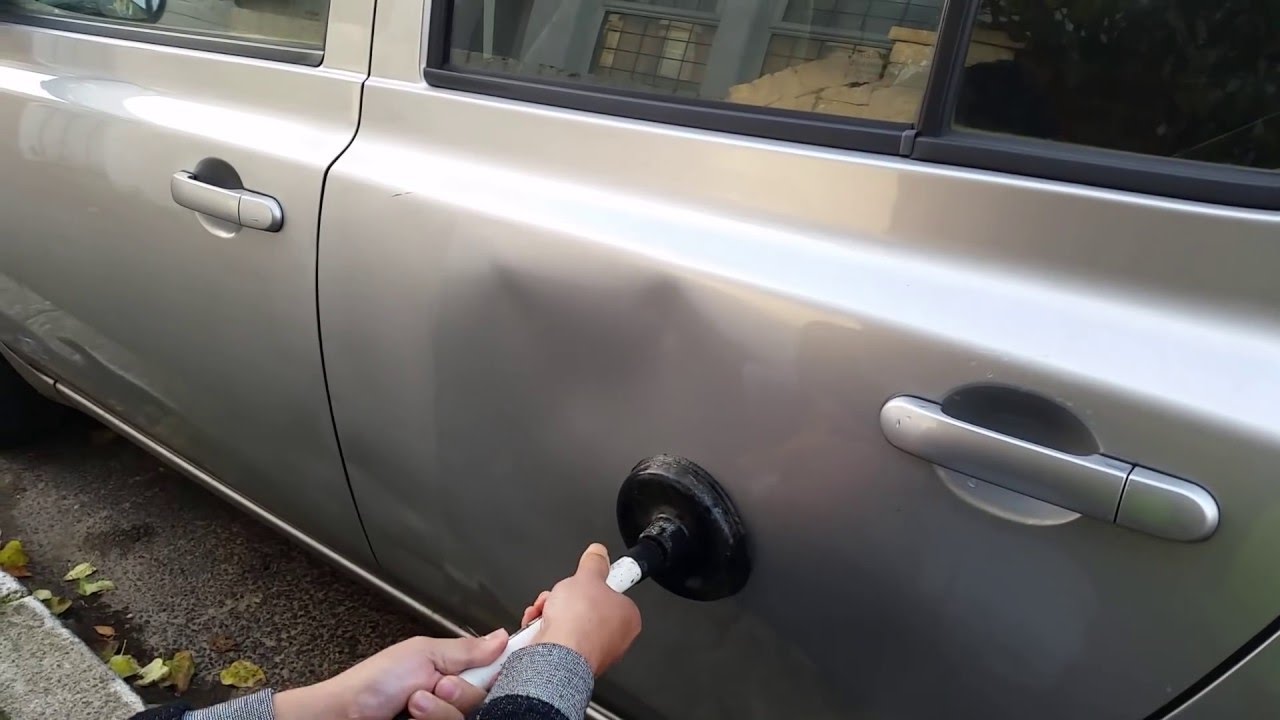





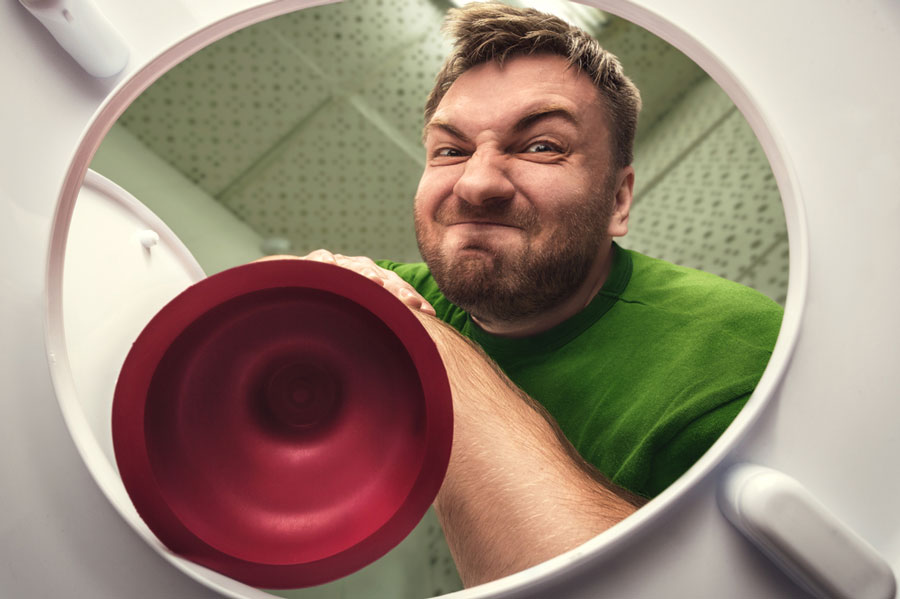




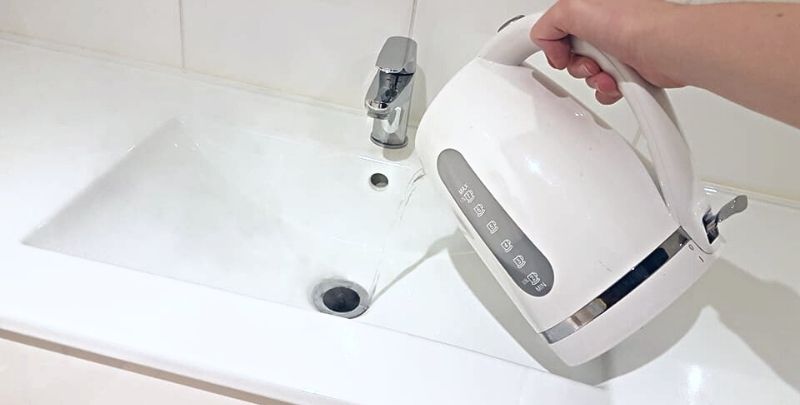
.jpg?time=1689761045394)
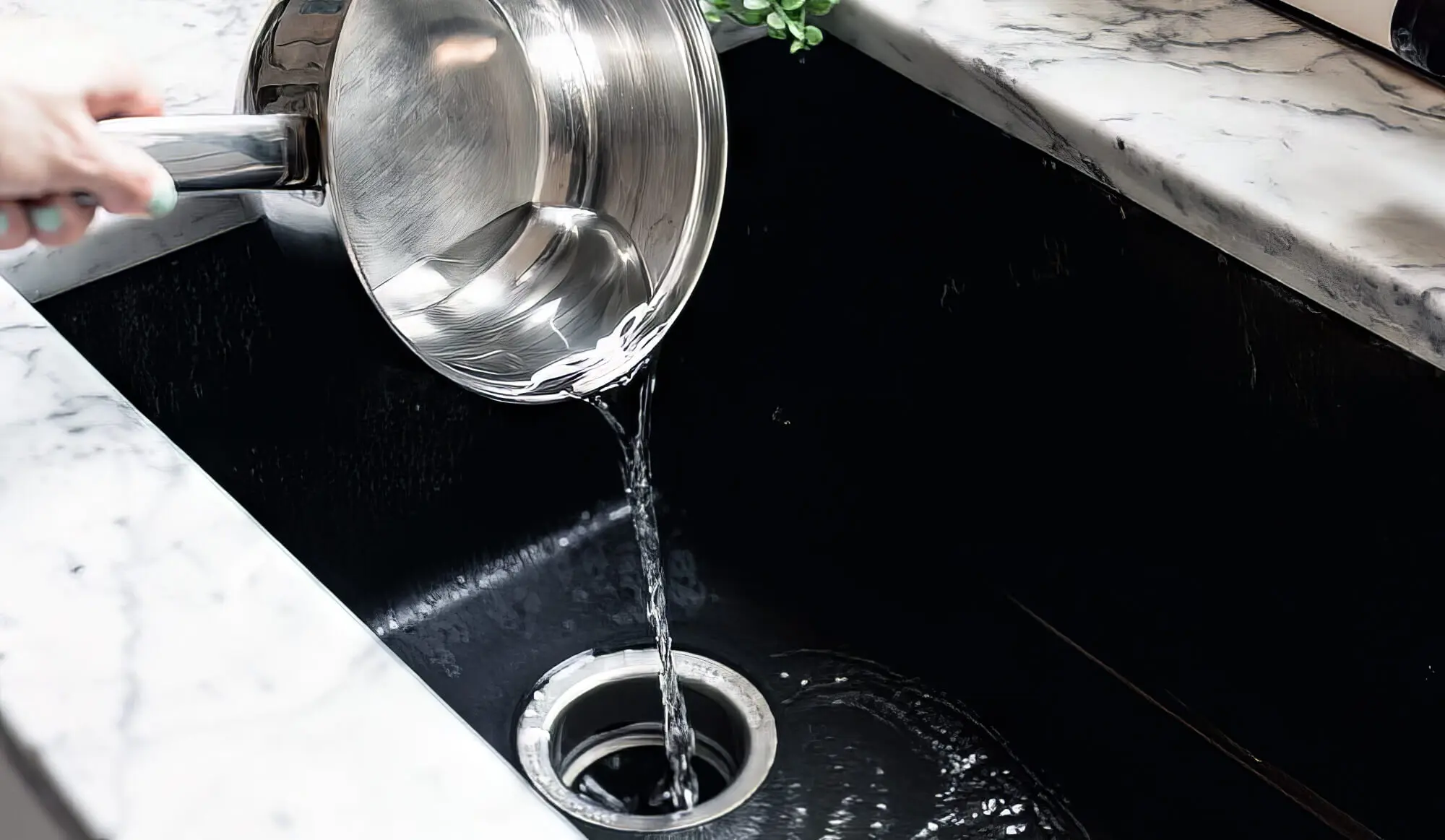


:max_bytes(150000):strip_icc()/GettyImages-1459148353-279aed56a15749c2a7310a882dbe3571.jpg)
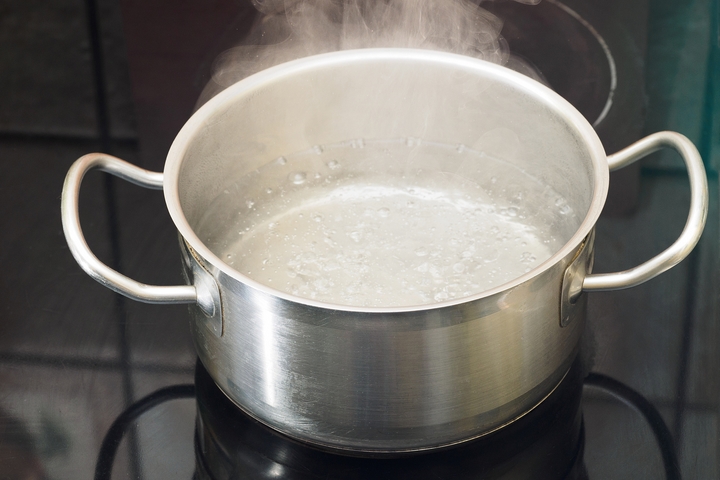











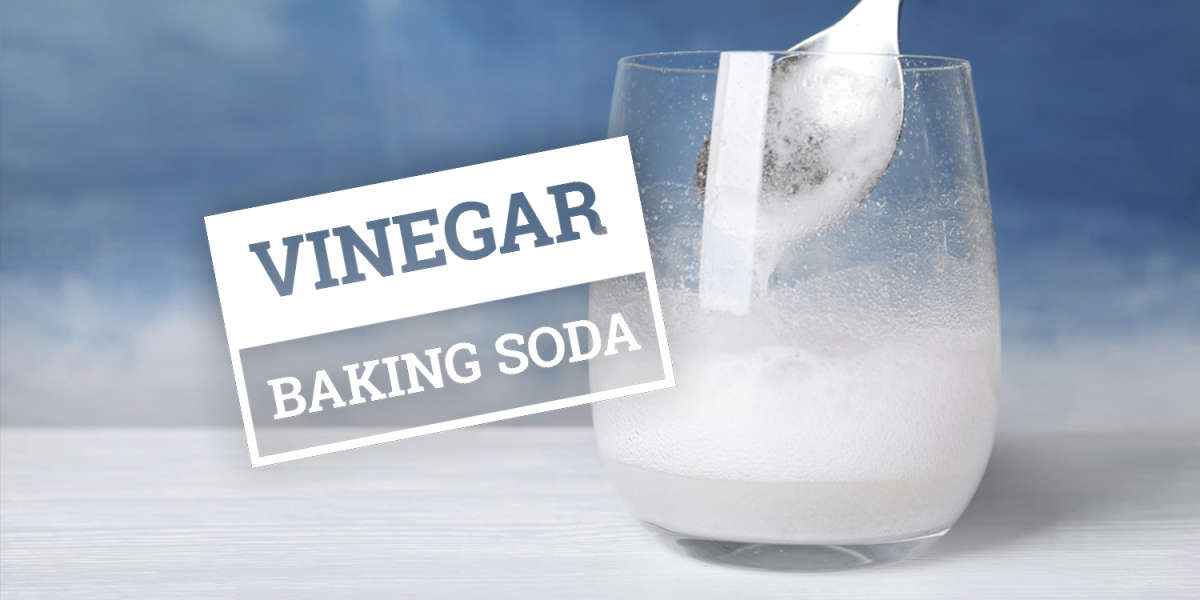
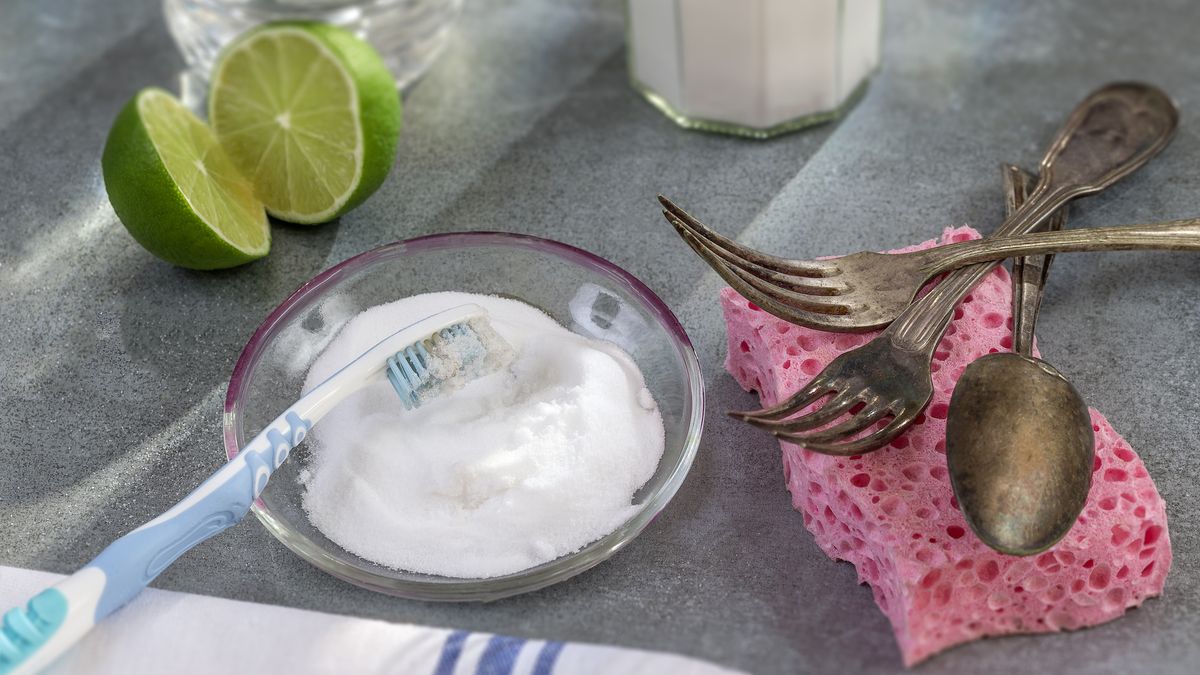

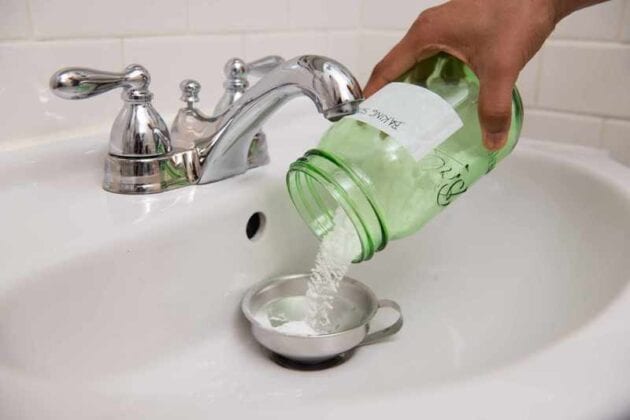
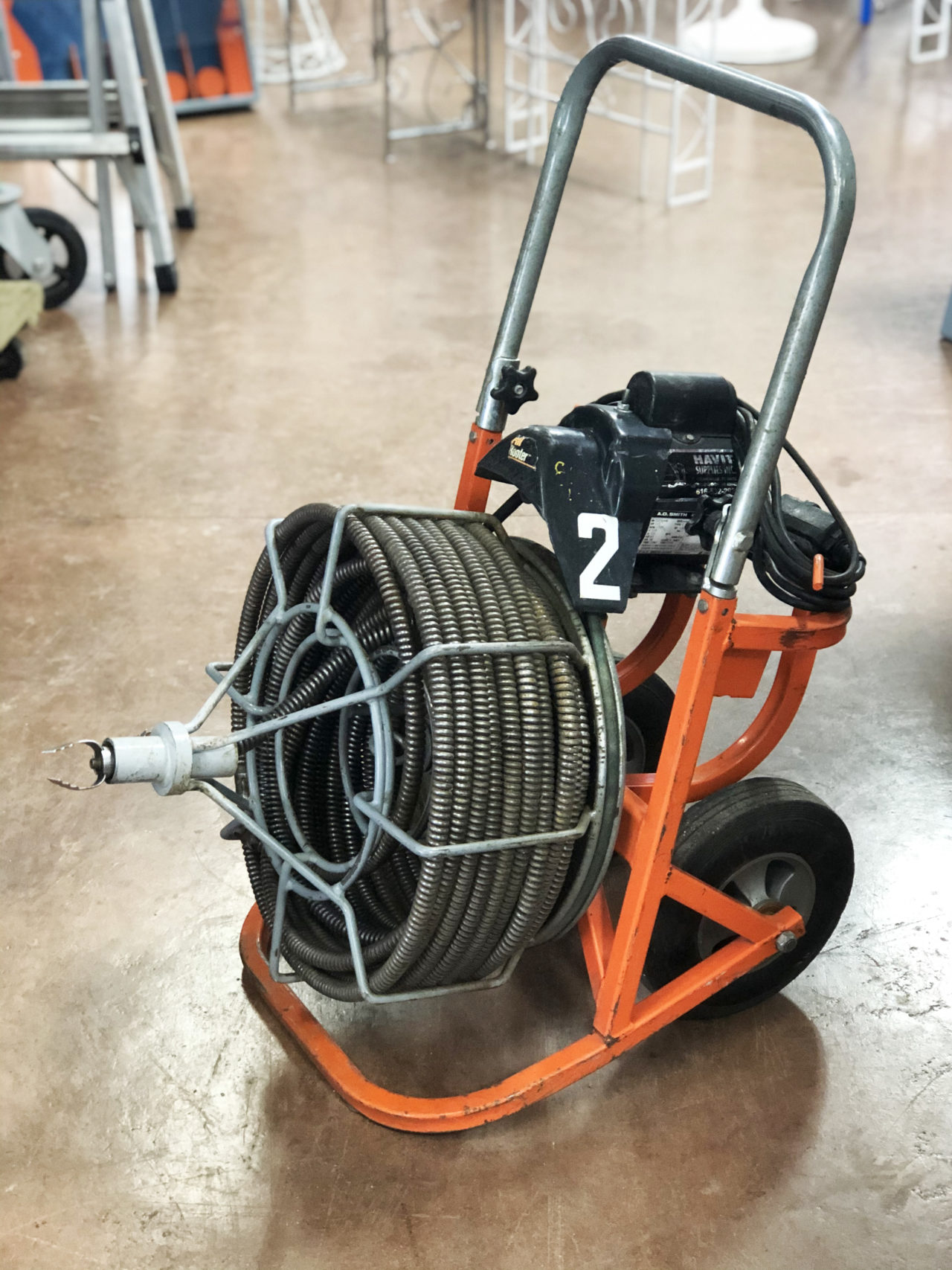






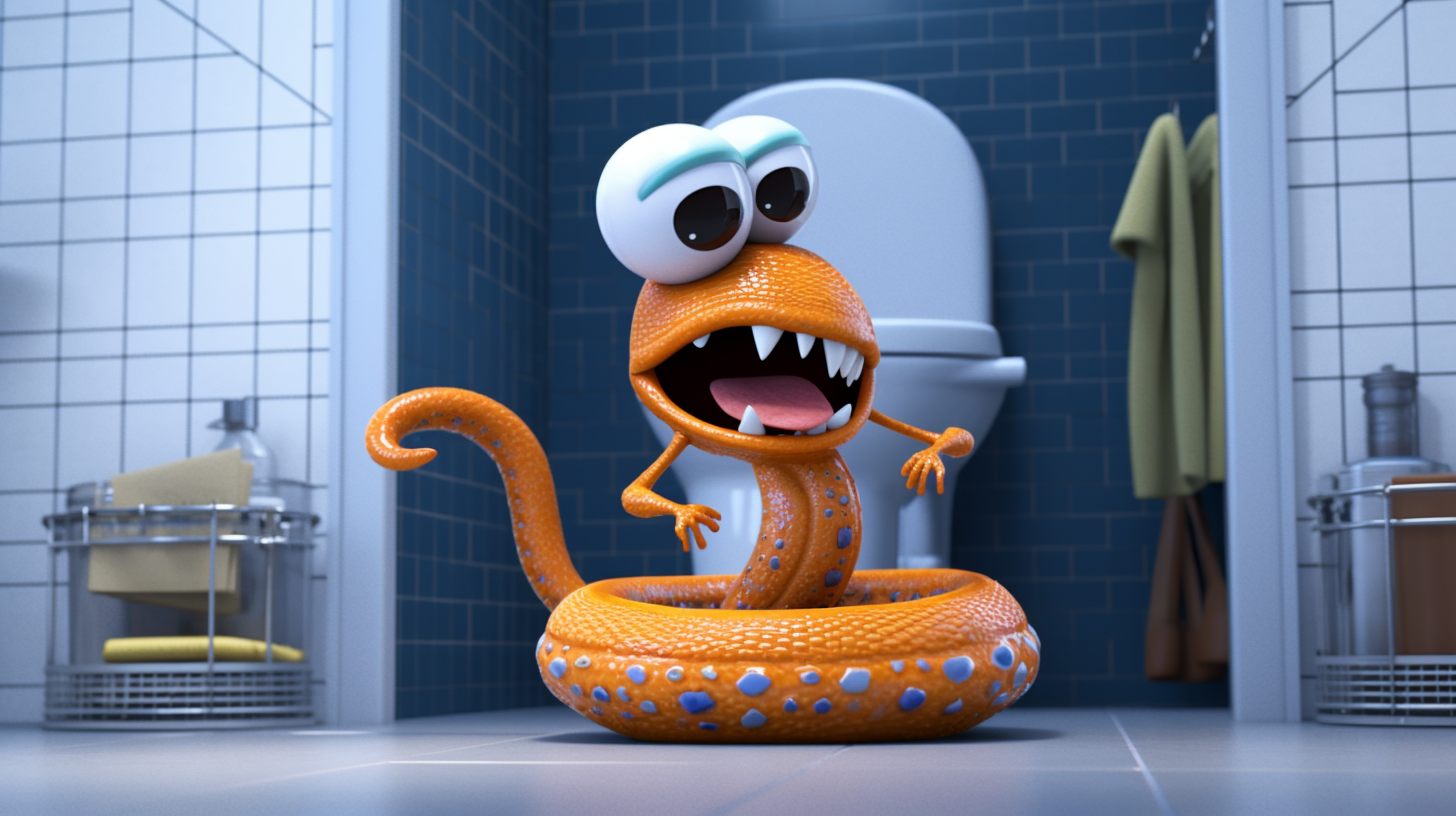

:max_bytes(150000):strip_icc()/Vastar-4-Pack-Drain-Snake-50b0e77281b244e386d046ca25ba76b6.jpg)






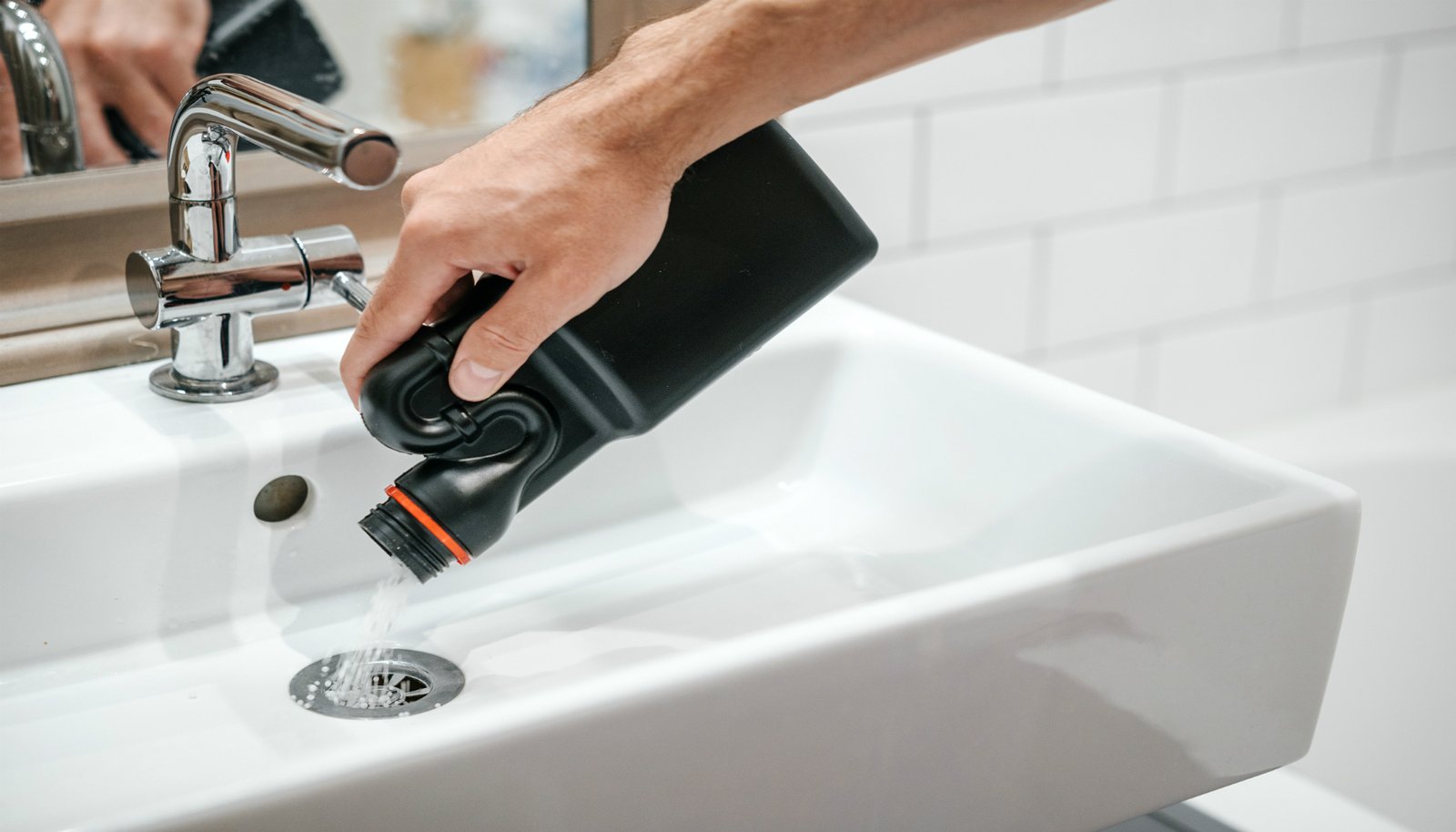

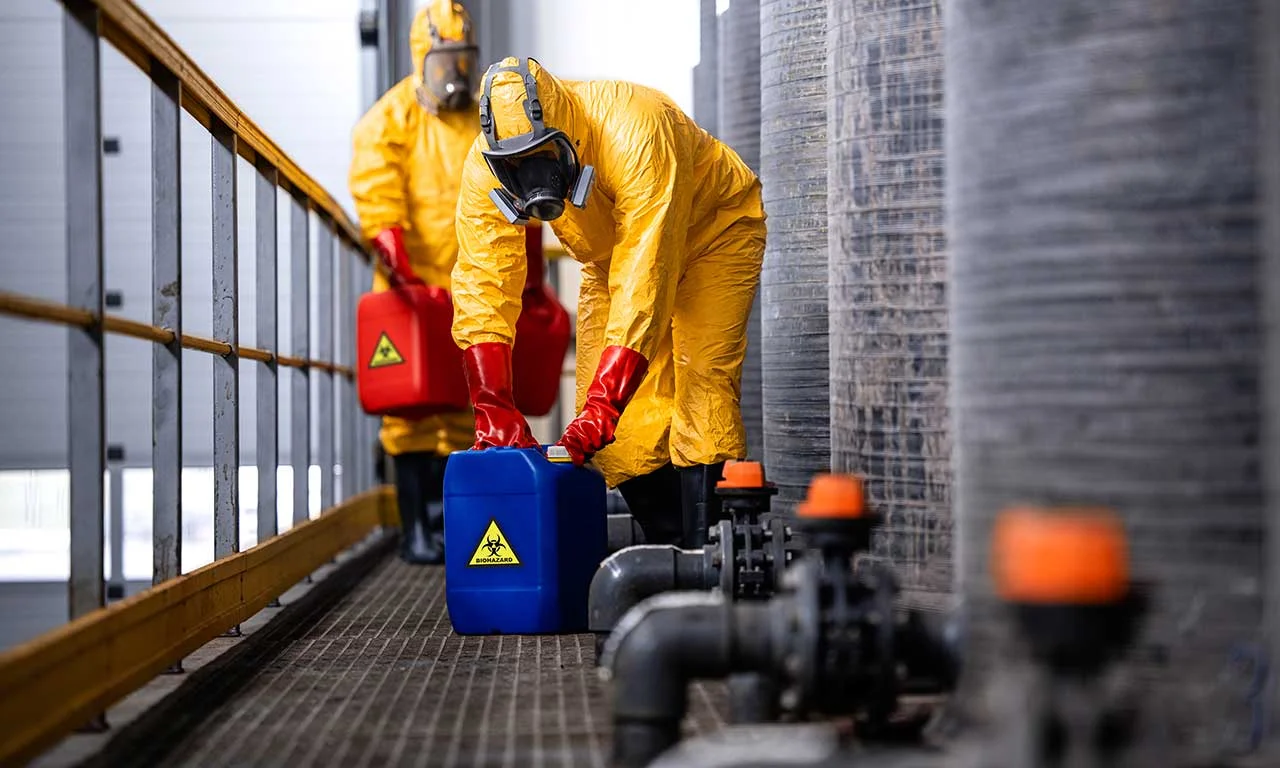











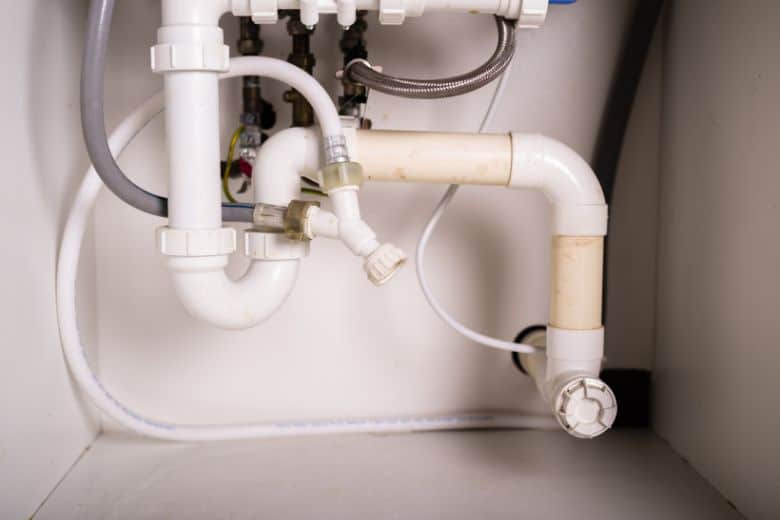






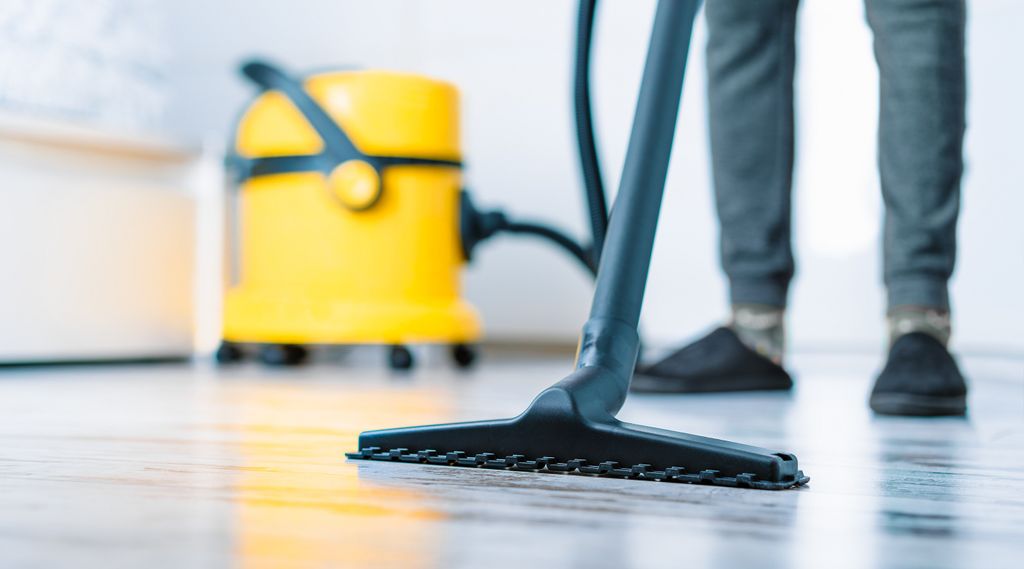


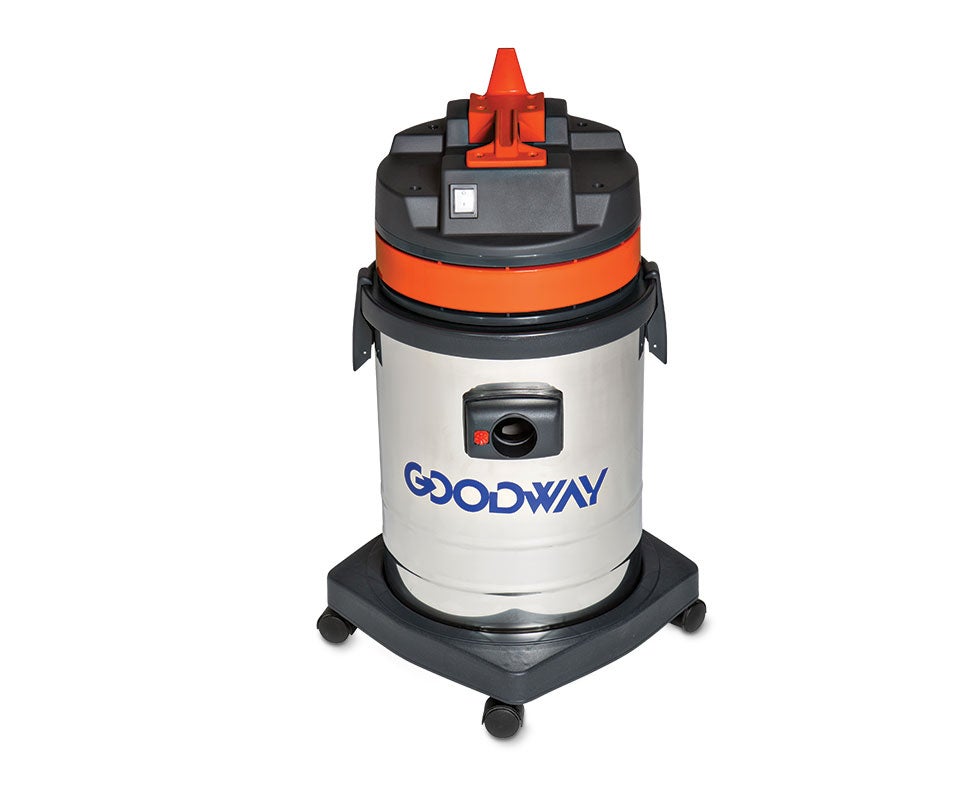

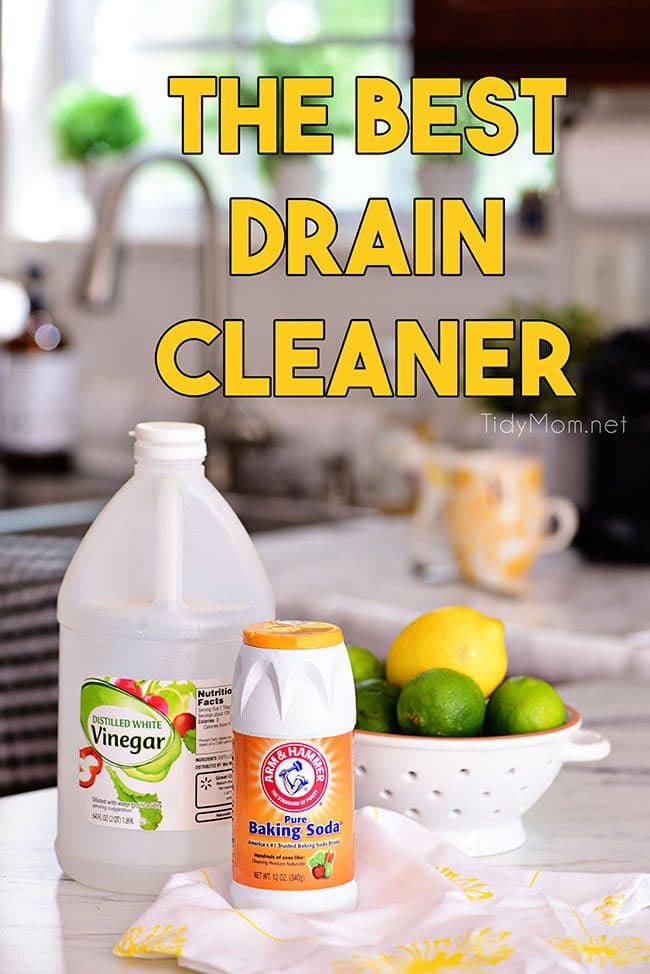





:max_bytes(150000):strip_icc()/freshen-and-unclog-drain-with-baking-soda-1900466-18-1a5b5da01939471ca8f8823865bd1ce8.jpg)
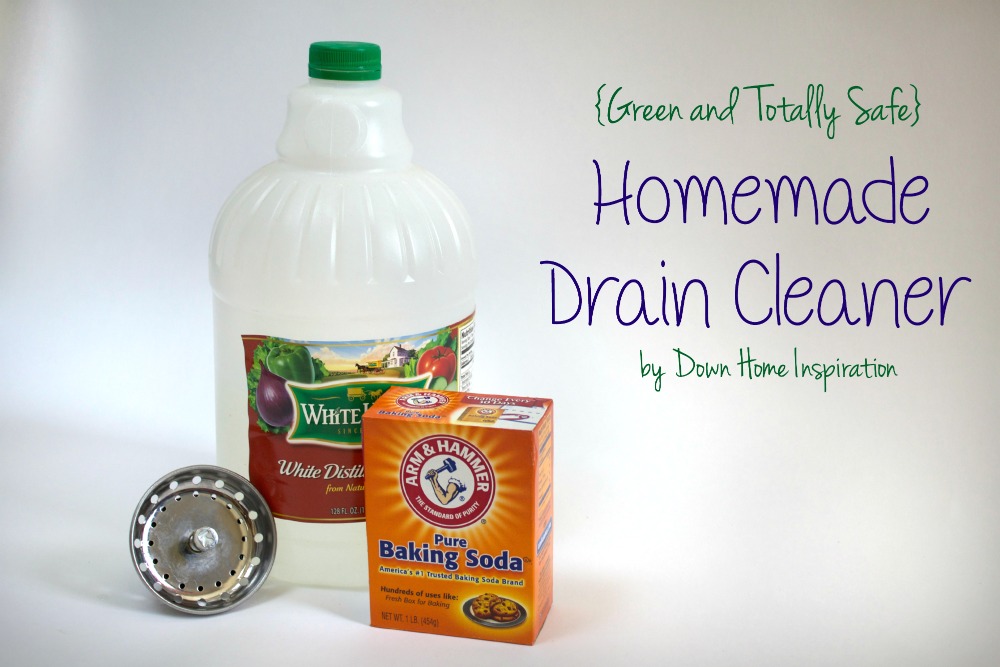


:max_bytes(150000):strip_icc()/freshen-and-unclog-drain-with-baking-soda-1900466-15-166f69a0d4ee4cad85a0f221bf3fdcd0.jpg)




